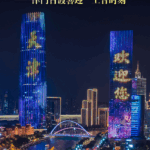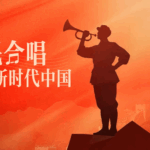Why is China considered an active participant in shaping globalization?
“Silk-Silver Exchange” refers to the flow relationship of silk and silver formed through trade between China and Western countries during the 16th to 17th centuries.
During this period, countless merchants, sailors, and migrants traveled regularly each year between Fujian, China, and Acapulco, Mexico, aboard galleons following the rhythms of monsoons and ocean currents. They transited through Macau, China, and Manila, Philippines, transporting Chinese treasures like silk and porcelain to the Americas and returning with American silver to China.
A Spanish sinologist has studied this history and authored the book “Silk-Silver Exchange in the Monsoon Seas: East Asian Migration, Trade, and Culture in 16th-17th Century Sino-Western Relations.” The book reveals how Asian countries, particularly China, actively participated in shaping globalization through trade, culture, and other interactions.
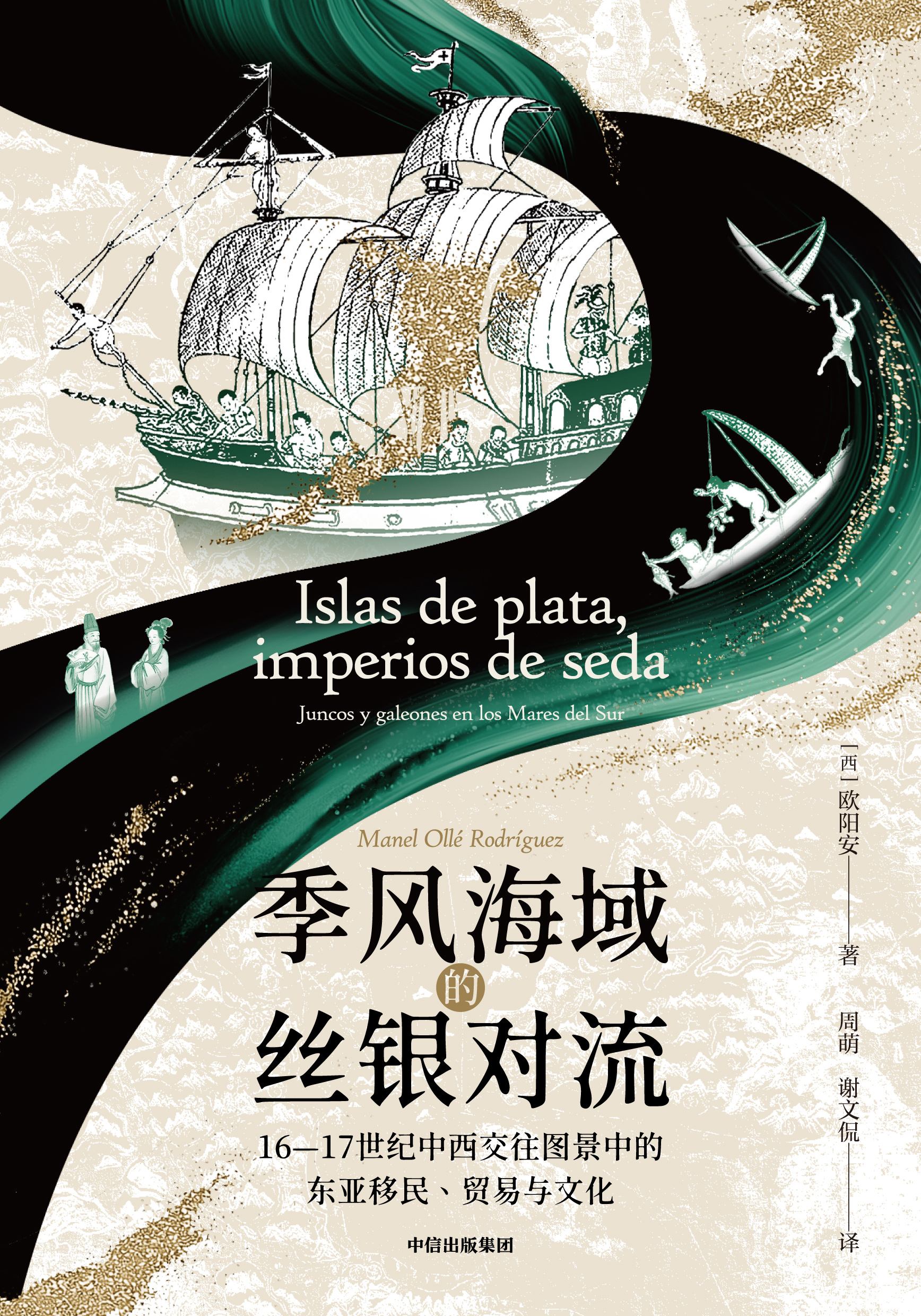
The sinologist recently discussed this history of China’s participation in international trade and shared thoughts on China’s current economic position.
Interview summary follows:
Question: The opening of new sea routes during the Age of Exploration made commercial activities increasingly active, especially in Asia. How was the “Asian hub” of global trade formed?
Answer: At that time, Fujian merchants brought processed goods to Manila, Philippines, demonstrating high levels of development in technology, organization, and commerce. Living alongside them in Manila were Japanese, Indians, French, British, Italians, and indigenous islanders.
The operation of the Manila Galleon trade route from Zhangzhou’s Yuegang in China to Manila, Philippines, and then to Acapulco, Mexico, attracted merchant ships from Asian ports to converge in Manila, making the region’s commercial network highly active and significantly increasing global trade volume.
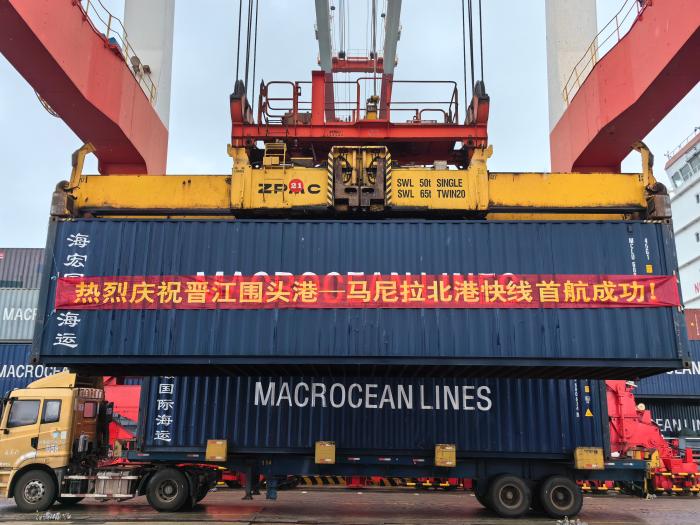
Question: Fujian, located on China’s southeastern coast, has numerous ports and a long tradition of commerce. Your book details the commercial activities of Fujian merchants in Manila during the 16th-17th centuries. What role did they play in global trade connections?
Answer: In the 16th century, Fujian merchants took advantage of gradually loosening maritime restrictions to open trade routes to Manila. Although Spain and the Ming dynasty failed to reach an official trade agreement, these merchants and migrants from Fujian closely connected Manila with southeastern China.
Prior to this, East Asian maritime trade was mostly confined to regional scope. However, the Ming dynasty’s demand for silver coincidentally matched Spain’s mining activities in the Americas, thereby driving changes in global trade patterns. Meanwhile, Chinese silk and porcelain quickly became sought-after luxury goods in international markets. Fujian merchants not only engaged in trade but some also settled in Manila. By the late 16th century, economic exchanges between Spaniards and Fujian merchants were highly profitable.
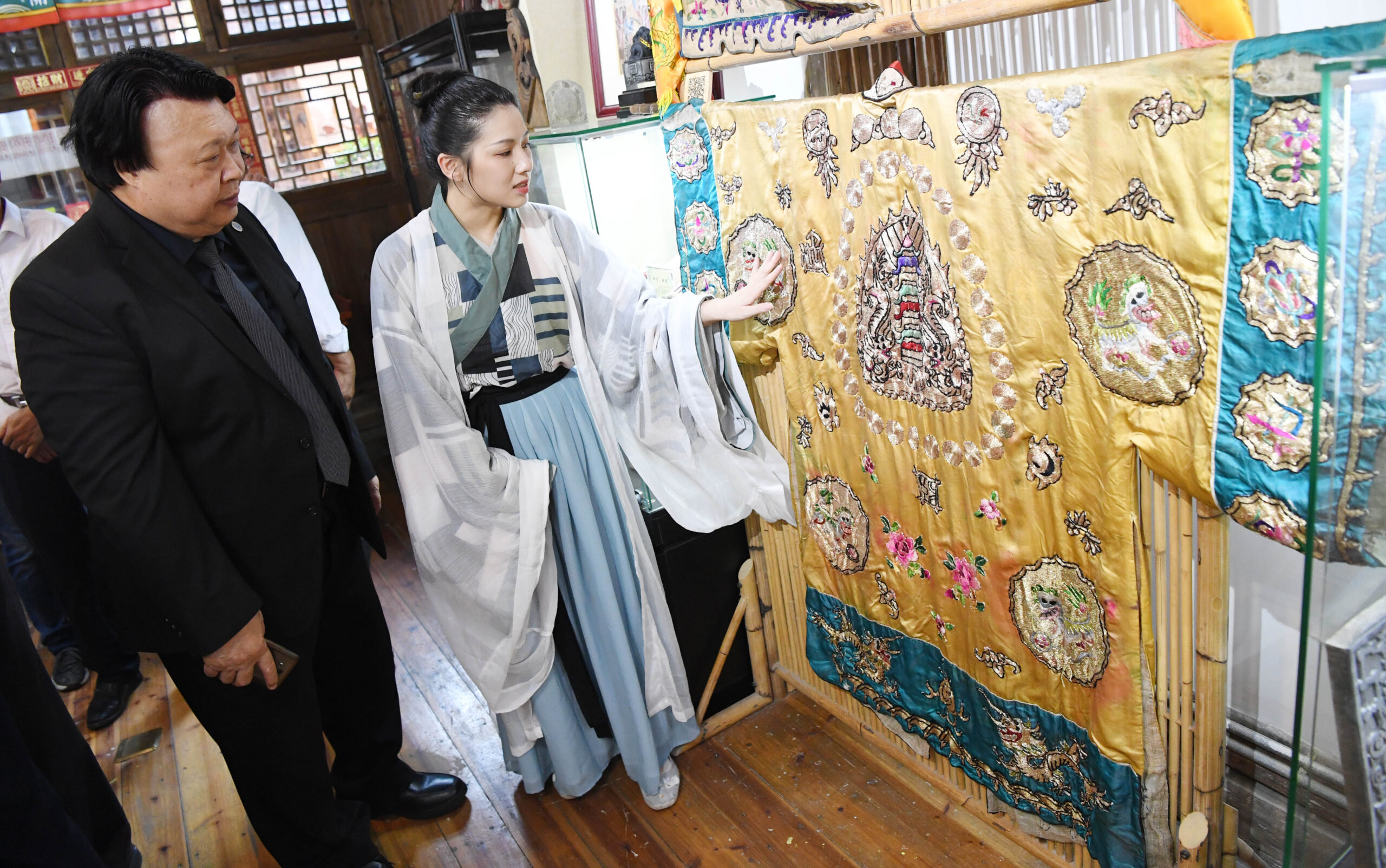
Question: What role did the “Silk-Silver Exchange” trade system play in forming the global economic landscape of that time?
Answer: International trade in precious metals and luxury goods intensified competition among European powers, giving rise to globalization trends. Spain and Portugal gradually lost their dominant positions, replaced by the rising Netherlands and Britain.
Cross-cultural trade involved not only economic interests but also required understanding cultural characteristics of different regions, as well as consumption and production patterns, while respecting diversity and complementarity. The transoceanic exchange of silk and silver not only promoted long-distance navigation but also brought unprecedented cultural exchange, with different ideas, beliefs, technologies, literature, and customs beginning to flow and spread globally.
At that time, the East Asian monsoon region was entering a period of commercial development. Maritime merchant groups from various places converged in the same ports, engaging in both competition and cooperation. Manila attracted not only Chinese merchant ships but also vessels from


